How to Cook Steak on an Induction Hob for Perfect Results
With precise heat control and fast response, an induction hob is one of the best ways to cook a perfectly seared steak at home. This guide covers the best pan, heat settings, target temperatures, and step-by-step timing so you get a juicy centre and a golden-brown crust every time.
What you’ll need
- 1–2 quality steaks (2–3cm thick; ribeye, sirloin, rump or fillet)
- Heavy cast-iron or tri-ply stainless frying pan
- High-smoke-point oil (rapeseed, groundnut)
- Flaky salt & freshly ground black pepper
- Optional aromatics: butter, garlic, thyme/rosemary
- Instant-read thermometer for accuracy
- Paper towels and tongs
Induction heat settings (guide)
Hob scales vary, but this is a reliable starting point. Use Power Boost for preheating only, then drop to a steady level for control.
| Task | Typical setting* | Time | Notes |
|---|---|---|---|
| Preheat empty pan | 8–9 (high) | 2–3 min | Surface just starts to shimmer with a drop of oil. |
| Searing first side | 7–8 | 2–3 min (2–3cm steak) | Don’t move it—build the crust via Maillard reaction. |
| Searing second side | 6–7 | 2–3 min | Reduce slightly to avoid scorching. |
| Butter basting (optional) | 5–6 | 30–60 sec | Tilt pan; spoon foaming butter over steak. |
| Finishing/thick cuts | 3–4 | 1–3 min | Lower heat to bring core to target temp gently. |
*Settings are indicative; adjust for your model and pan.
Steak doneness temperatures (°C)
| Doneness | Pull from heat | Final after rest | Look & feel |
|---|---|---|---|
| Rare | 48–49°C | 50–52°C | Deep red centre, very soft |
| Medium-rare | 53–54°C | 55–57°C | Warm red-pink centre, springy |
| Medium | 58–59°C | 60–62°C | Pink centre, firmer |
| Medium-well | 63–64°C | 65–67°C | Faint blush, quite firm |
| Well done | 68–69°C | 70°C+ | Brown throughout, firm |
Step-by-step: pan-seared steak on induction
1) Prep the steak
- Bring steak to room temperature for 20–30 minutes.
- Pat very dry; moisture prevents a good sear.
- Season generously with salt and pepper just before cooking.
2) Preheat the pan
- Set the induction zone to high (8–9). Add a thin film of oil once hot.
- Oil should shimmer; if it smokes heavily, reduce slightly.
3) Sear
- Lay the steak away from you. Don’t move it for 2–3 minutes to build colour.
- Flip; sear a further 2–3 minutes. Adjust heat so the crust browns, not burns.
- Edge-sear fat caps by holding with tongs for 20–30 seconds.
4) Finish to temperature
- Check the centre with a thermometer; compare to the table above.
- For thick cuts, lower to medium (3–4) and cook another 1–3 minutes total.
- Optional: add butter, garlic and herbs; baste for 30–60 seconds.
5) Rest & serve
- Rest 5–7 minutes on a warm plate (loose foil if you like).
- Slice against the grain; finish with sea salt or compound butter.
Timing guide by thickness (2–3cm typical)
| Thickness | Medium-rare | Medium | Notes |
|---|---|---|---|
| ~2cm | ~2 min each side | ~2.5–3 min each side | Finish on lower heat if centre lags. |
| ~3cm | ~3 min each side + 1 min low | ~3.5 min each side + 1–2 min low | Use thermometer; time varies by pan. |
| ~4–5cm | Use the reverse-sear method | Best for thick fillet or tomahawk. | |
Reverse-sear on induction (for thick steaks)
If your steak is 4cm+ thick, try a reverse-sear for edge-to-edge pink:
- Cook gently on low (3–4) to ~5°C below your target centre temperature.
- Rest 5 minutes, then blast sear each side 60–90 seconds on high for the crust.
Pan, oil and seasoning FAQs
Best pan material?
Cast iron holds heat brilliantly for an even crust; tri-ply stainless steel responds quickly and is easier to manoeuvre. Avoid very thin aluminium pans.
Which oil?
Choose a high-smoke-point oil (rapeseed/groundnut). Add butter for flavour at the end to avoid burning milk solids.
Salt before or after?
Season just before the pan, or 40+ minutes ahead if you prefer dry-brining. Either way, start with a very dry surface.
Serving suggestions
- Garlic-herb butter: butter, parsley, chives, lemon zest, garlic.
- Pan sauce: deglaze with stock or wine; reduce with a knob of butter.
- Sides: chips, watercress salad, roasted veg, or peppercorn sauce.
At-a-glance doneness recap
| Rare | Medium-rare | Medium | Medium-well | Well done |
|---|---|---|---|---|
| 50–52°C | 55–57°C | 60–62°C | 65–67°C | 70°C+ |
Safety & cleanliness
- Use separate boards for raw meat and ready-to-eat foods.
- Wipe splashes promptly; induction glass stays cooler than gas but can still be hot from the pan.
Key takeaways
- Start hot for colour, then control heat to hit your target temperature.
- Rely on a thermometer, not guesswork.
- Always rest to let juices redistribute.
Steak on induction – FAQs
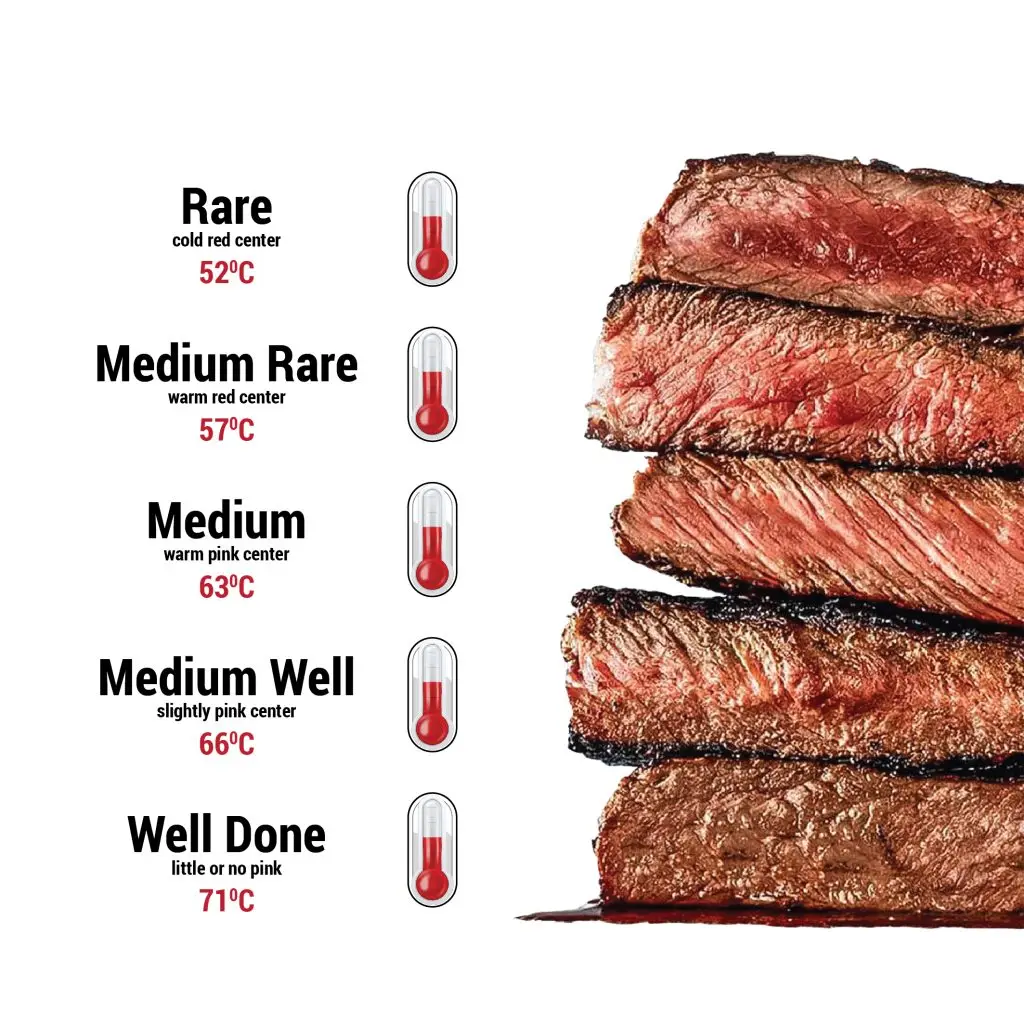
- All Posts
- Cooker Hood Guides & Advice
- Dishwasher Guides & Advice
- General Appliance Guides & Advice
- Hob Guides & Advice
- Laundry Guides & Advice
- Microwave Guides & Advice
- Oven Guides & Advice
- Wine Cooler Guides & Advice
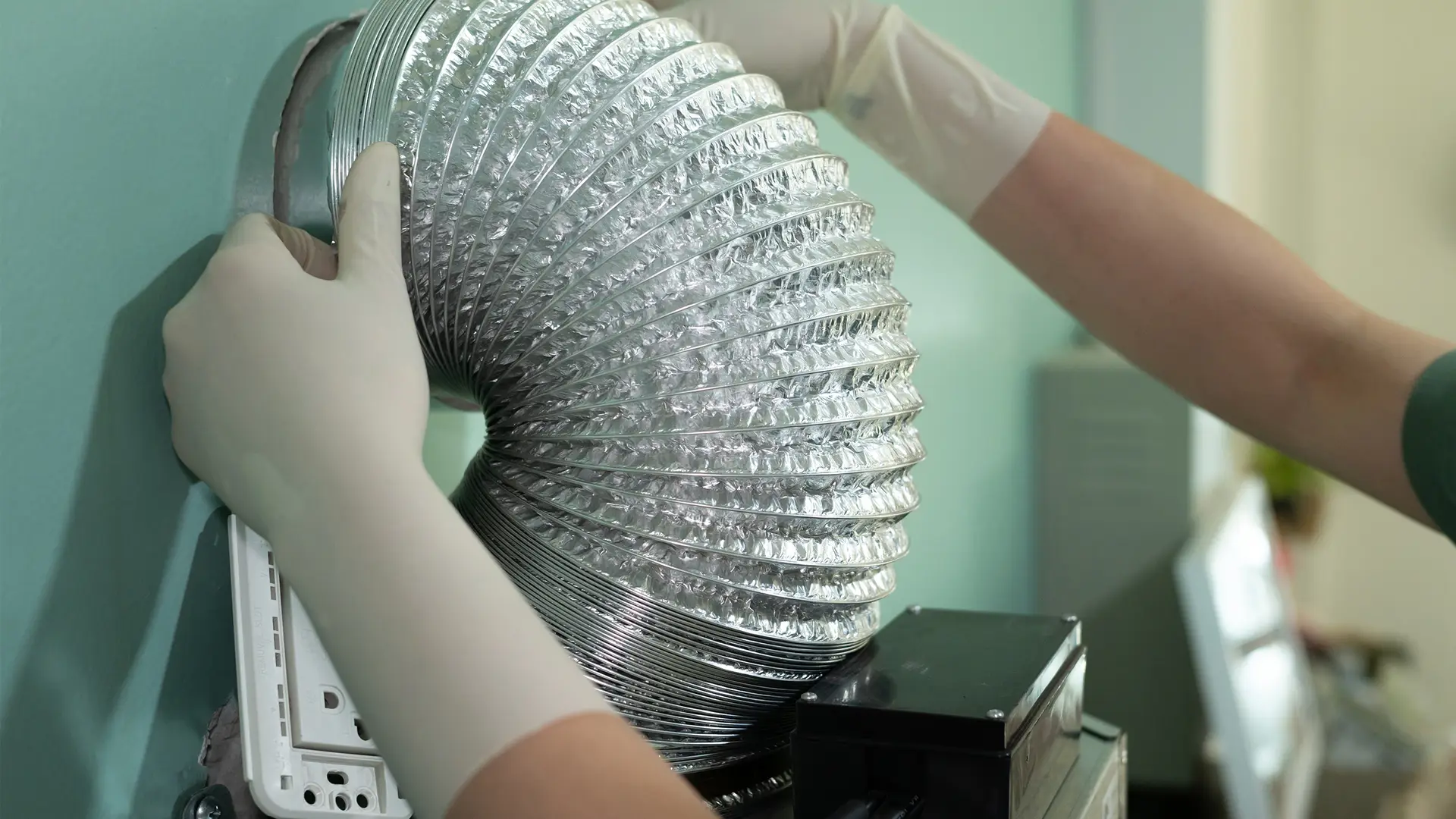
In this guide, we’ll explain whether outdoor extraction is necessary, what your options are if it isn’t possible, and how...
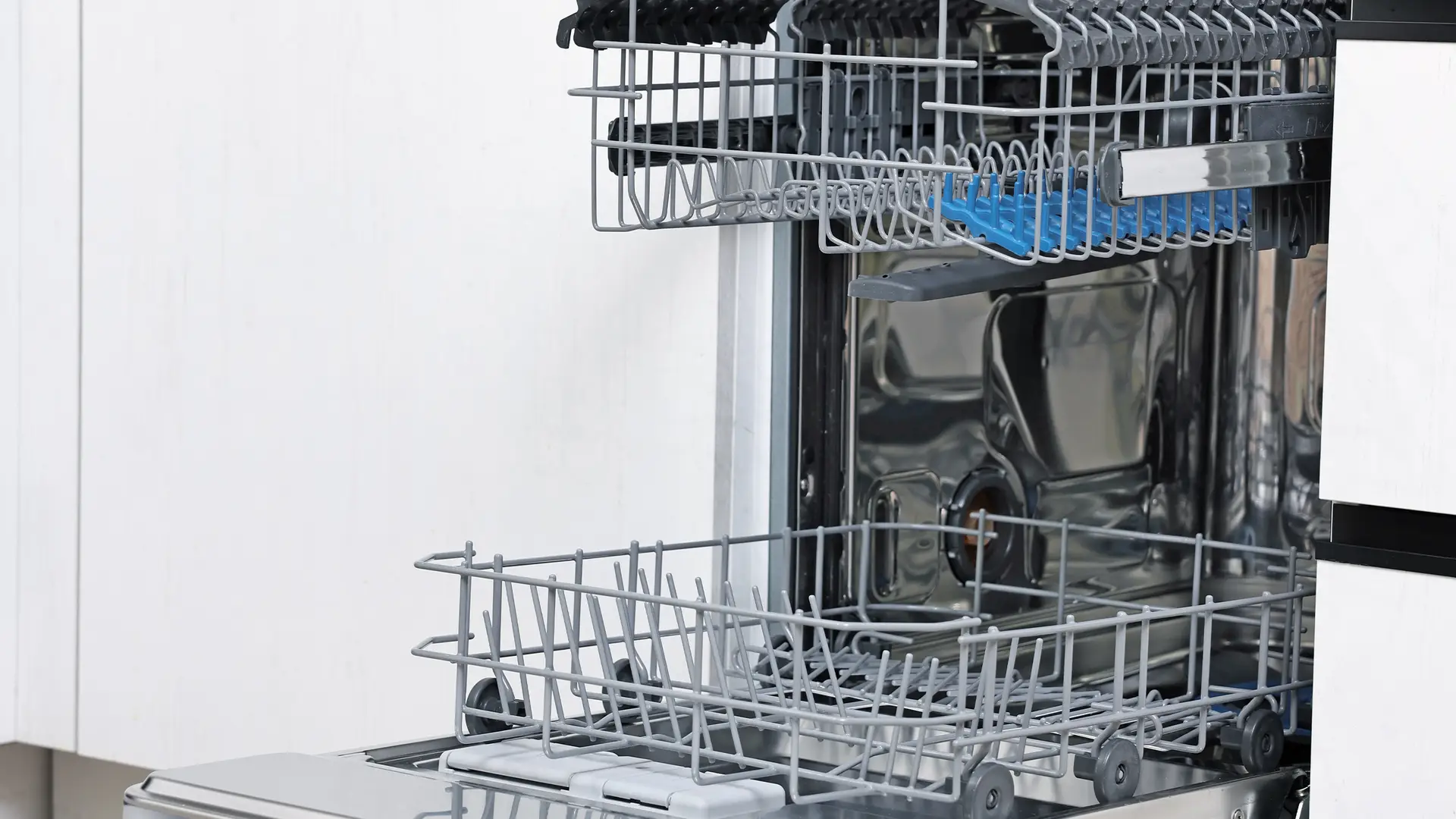
Discover if a slimline dishwasher is worth it for your kitchen. Learn the pros, cons, and ideal uses — find...
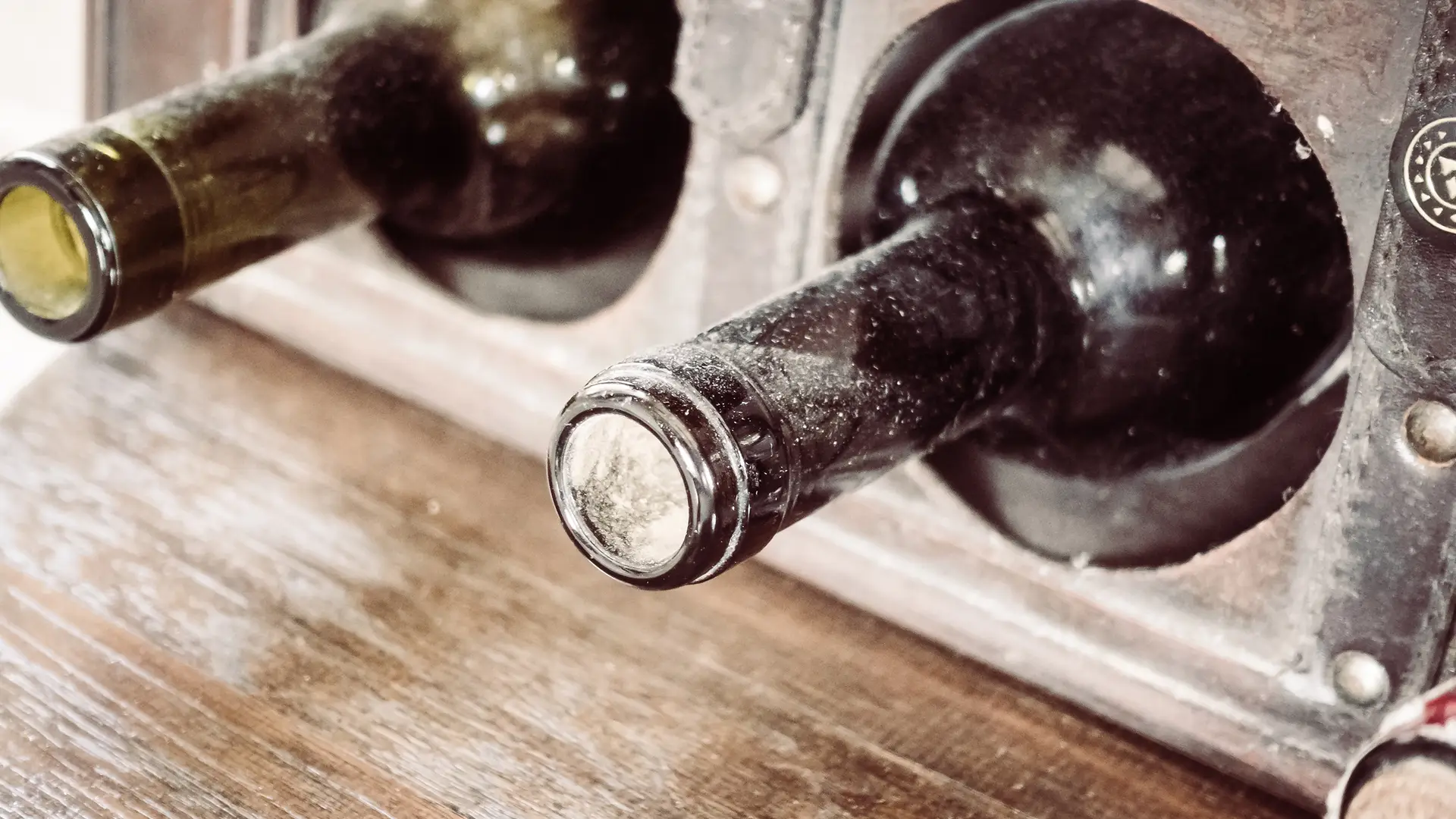
Discover how long wine lasts in a cooler and the best conditions for red, white and sparkling bottles. Learn to...

Compare gas, ceramic, solid-plate and induction hobs in one easy guide. Discover pros, cons, costs and energy efficiency. Make the...
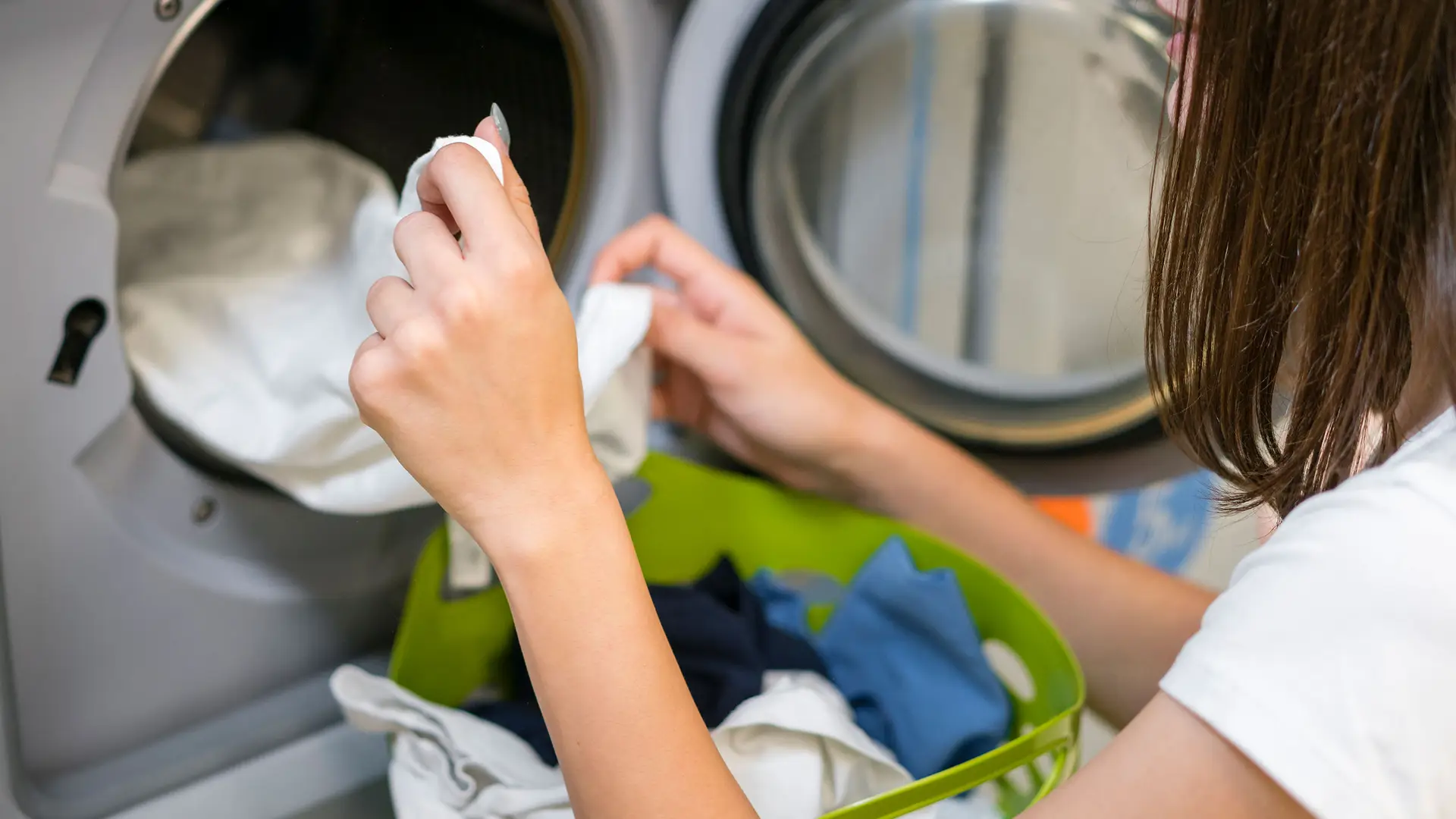
Learn how the eco wash setting saves energy and water while keeping clothes clean. Discover when to use it and...

Find out why your dishwasher tablet isn’t dissolving properly and how to fix it fast. Learn the common causes and...

Discover if paying extra for an energy-efficient dishwasher is worth it. Learn how efficient models save money and energy over...

Unsure which size integrated dishwasher fits your kitchen? Use our measurement guide to choose the right model and avoid costly...
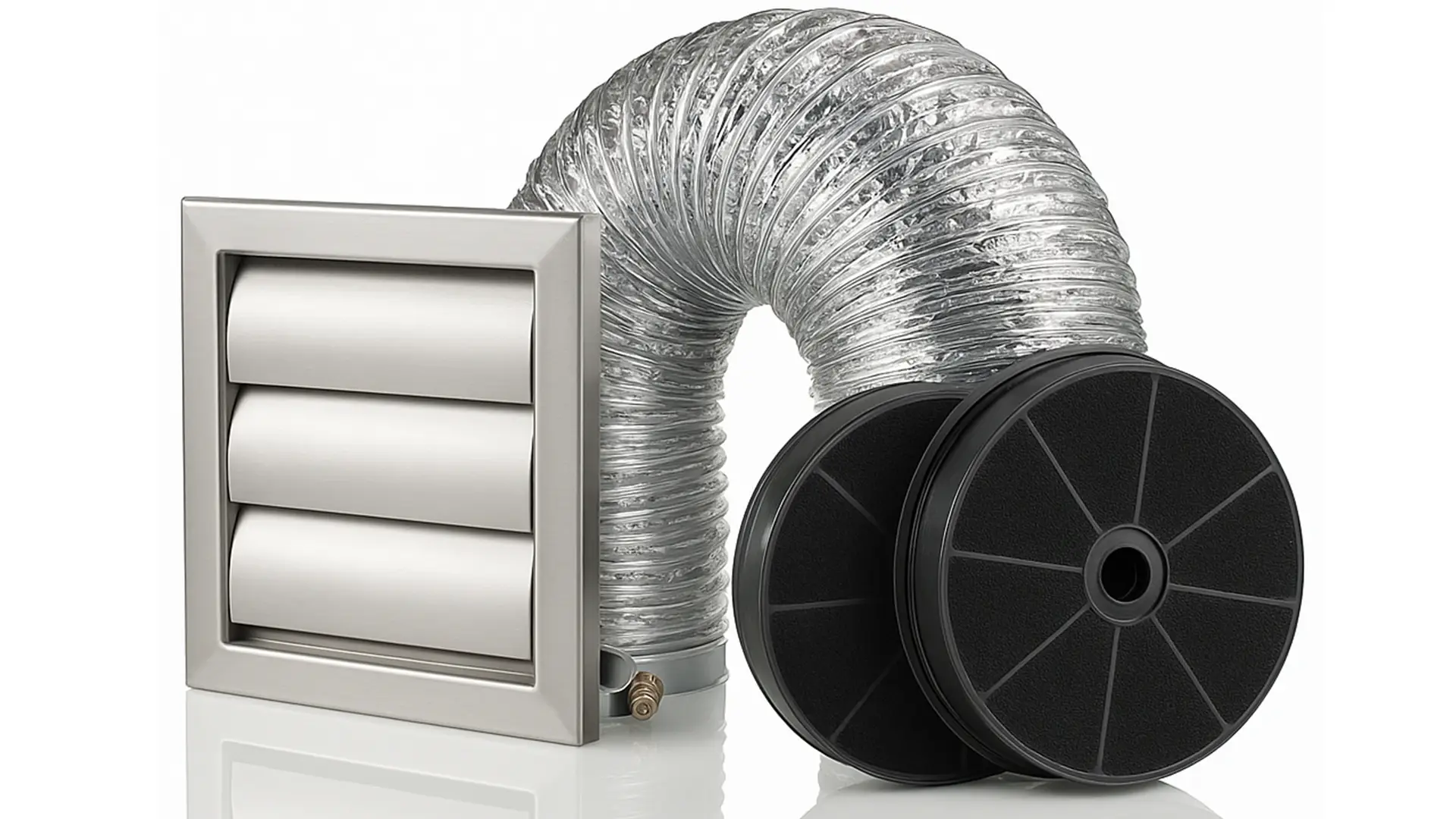
Discover the differences between recirculating and ducted cooker hoods. Compare pros, cons, costs, and performance to find the best option...
